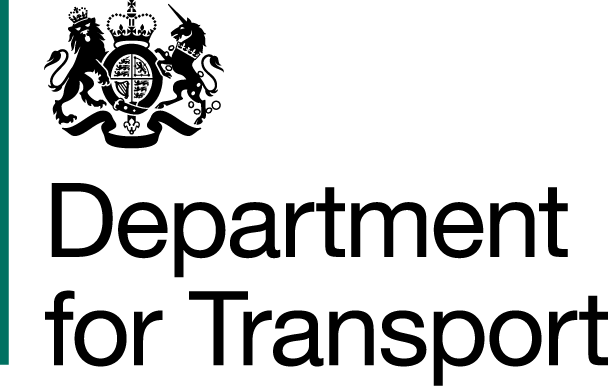
A small Carmarthenshire station has its own unique claim to railway history.
At Pembrey and Burry Port railway station, the last ever “Edmundson” ticket was sold on 4 February 1990.
The traditional card railway tickets had been designed by Carlisle station master Thomas Edmunson in the 1840s and were used across Britan for more than 150 years.
And now, Emyr Phillips, former proprietor of Pembrey Travel, who claims to have sold the very last ticket, has shared some of his fascinating stories from working at the station for more than 20 years.
“I took the ticket office on in 1984 after I was made redundant,” said Emyr, 84.
“I’d always loved railways so this was a chance to combine work and my hobby.
“Back then they were looking at modernising and phased out the Edmunson tickets, with the last being sold in London in 1989. But we’d kept ours as the destinations were pre-done and all we needed to do was put a date stamp on. So we actually sold the last one in Britain to a local lady Irene Rees on February 4 1990!”
Born and bred in Burry Port, Emyr followed in the footsteps of his father who was a relief station manager for all stations west of Port Talbot for 38 years. He passed the love of the railway on to his son Dylan who helped him in the ticket office after school every day.
“I remember one day the teachers were on strike so Dylan spent the day with me and was exploring near the office when he discovered what turned out to be several foot of Brunel’s old broad gauge tracks,” added Emyr.
“Those are now in Swansea Museum.
“We used to get a lot of interesting people coming through, including former world champion snooker player, the late, great Terry Griffiths. He was heading up to Sheffield one morning but missed his train. So I phoned control and they managed to hold the connection at Port Talbot for him to bomb it up the M4 and join it there!
“There was also a local chap who went to work in Mexico and he phoned me from there to sort all his bookings out in Welsh for him so his tickets and travel arrangements were ready for when he’d arrive back at Heathrow.
“Once a month we used to send our accounts down to the main office in Watford. The lady there Jill looked after us and even decided to come on holiday to Pembrey Country Park to visit. “We’ve been friends ever since and still exchange Christmas cards now.”
As for the evolution of railway tickets, for a short period, tickets were still handwritten before the standard orange tickets were introduced with the magnetic strip that allow you to go through ticket barriers, which are still in service today alongside a new generation of digital tickets.
“These days you can buy your ticket from home on your phone without having to wander down to your local ticket office at Burry Port or wherever it might be,” added Emyr.
“But we did have some wonderful years.”
Emyr eventually retired from the ticket office at Burry Port after 22 years but still visits the station regularly.
Dr Louise Moon, who is Railway 200 Programme Lead for Transport for Wales said: “When we think of rail history it’s usually the trains we think of, but without the tickets and the good management of passenger accounts, and people like Emyr, the railways would have been so efficient, nor had such personal connections and stories.
“Emyr’s story reminds us that there was a simple but very effective system that worked for more than 150 years. If any of us or our parents, grandparents or even great grandparents caught a train before 1990, they would have certainly been using an Edmunson ticket for their journey.”



